|
Introduction
Linear Phase(线性相位) FIR Filter
Introduction
When impulse response of a filter
is Finite
in
Length(长度有限), we call this filter a
Finite Impulse Response (FIR) Filter.
Difference
Equation of FIR Filter (MA Model):
y[n] = b0x[n]
+ b1x[n-1] + ...+ bMx[n-M]
Its Frequency Response:
H(Ω) = b0 + b1 e
-jΩ + ...+ bMe -jMΩ
Its Transfer Function:
H(z)
= b0 + b1z -1 + ...+ bMz
-M

All poles within Unit
Circle, system Stable! !
When bm =
bM-m , m=0,1,2, ..., M
H(Ω) =
b0 + b1 e -jΩ
+...+ b1e -j(M-1)Ω + b0e
-jMΩ
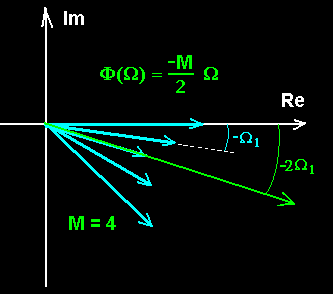
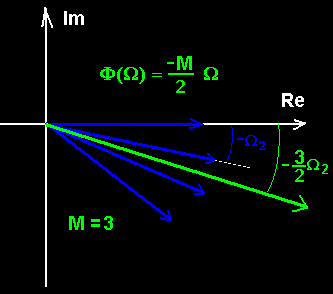
When bm =
-bM-m , m = 0,1,2, ..., M
H(Ω) =
b0 + b1 e -jΩ
+...+b1e -j(M-1)Ω - b0e
-jMΩ
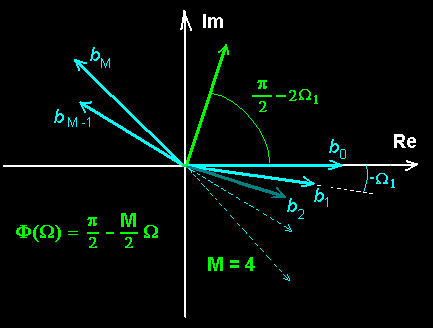 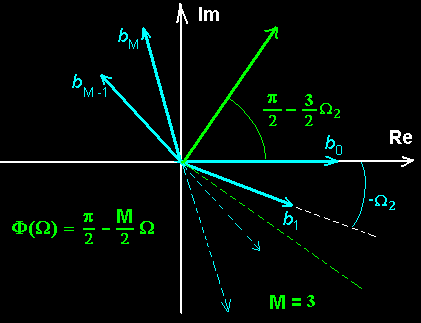
Symmetric(对称的) Impulse
Response
brings Linear Phase Response
M-Term Moving Average Filters
h[n]
= M -1( δ[n] + δ[n-1]
+ ... + δ[n-(M-1)] )
H(z) =
M -1(1 + z -1 + ... + z -(M-1))
H(Ω) =
M -1(1 + e -jΩ +
...+ e -j(M-1)Ω)
Impulse Response of 5-Term MA Filter
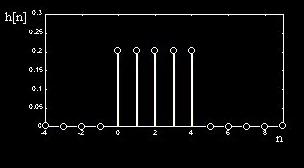
Pole-Zero Plot of 5-Term MA Filter
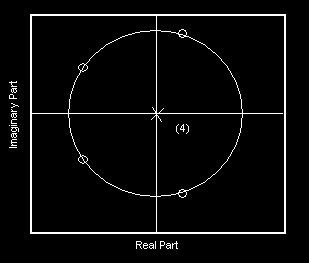
Filter Shape
Phase Response
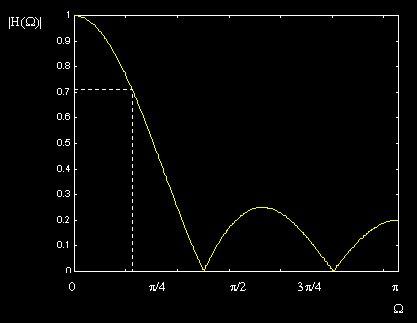

Linear
Phase FIR Filter
Filter Frequency Response:
H(Ω) = |H(Ω)| ÐΦ(Ω)
A.
Φ(Ω) = -DΩ
Filter
Phase Response is a Line
passing through origin原点 (0,0).
D = - Φ(Ω)/ Ω Phase Delay相时延
When the input x[n] is a single sinusoidal,
x[n] = A cos(nΩ + Φx)
Output of the Linear Phase Filter is:
y[n]
= AG cos[nΩ + Φ(Ω) +
Φx]
= AG cos[ (n -D)
Ω + Φx ]
Thus if n
= D, all sinusoidal signals have the
same Zero Phase Shift. Phase of input, of
any frequency, is preserved保持 without any
distortion畸变.
Even Symmetry偶对称 Impulse Response
gives fixed Phase
Delay Linear Phase Filter.
h[n] = h[M-n]
==> Φ(Ω) = - (M/2)Ω
B. Φ(Ω)
= Φ0 - D Ω
Filter
Phase Response is a Line
passing through point (0, Φ0).
|

|
Group
Delay群时延
|
When
the input x[n] is a single sinusoidal,
x[n] = A cos(nΩ + Φx)
Output
of the Linear Phase Filter is:
y[n]
= AG cos[nΩ + Φ(Ω) +
Φx]
= AG cos[ (n-D)
Ω + Φx + Φ0 ]
Thus if n =
D, all sinusoidal signals have the
same Φ0 Phase Shift. Phases of inputs, of
any frequency, are preserved with fixed shift
Φ0.
Odd Symmetry奇对称 Impulse Response
gives fixed Group Delay Linear Phase Filter.
h[n] = -h[M-n]
==> Φ(Ω) = π/2 - (M/2)Ω
C. Phase Distortion: Φ(Ω)
= f (Ω)
|
Group Delay:
|

|
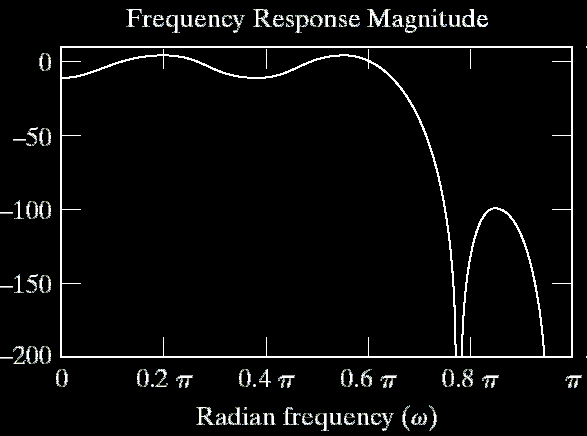 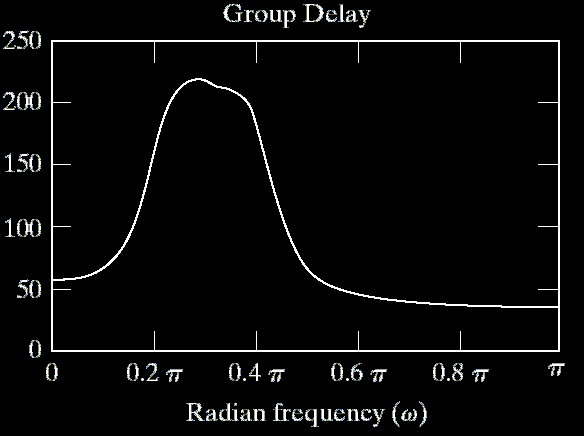
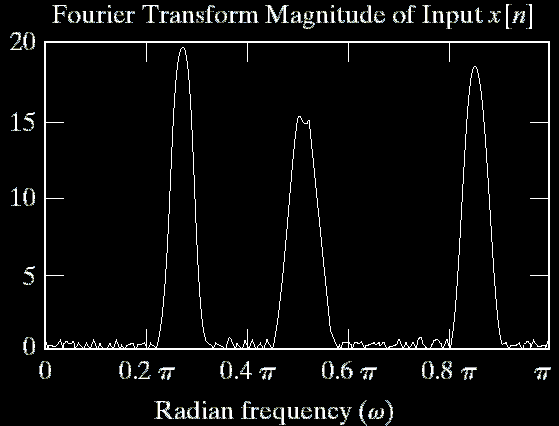 

Linear Phase Filter
Summary
|
|
h[n]
|
Φ(Ω)
|
|

|
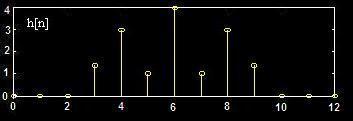

|

Fixed Phase Delay: M/2
|
|

|
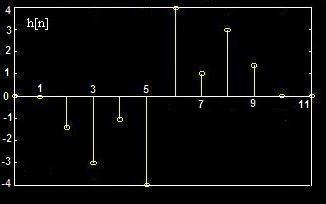
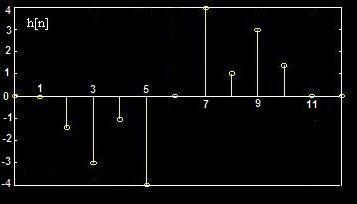
|
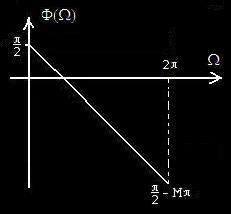
Fixed Group Delay: M/2
|
|